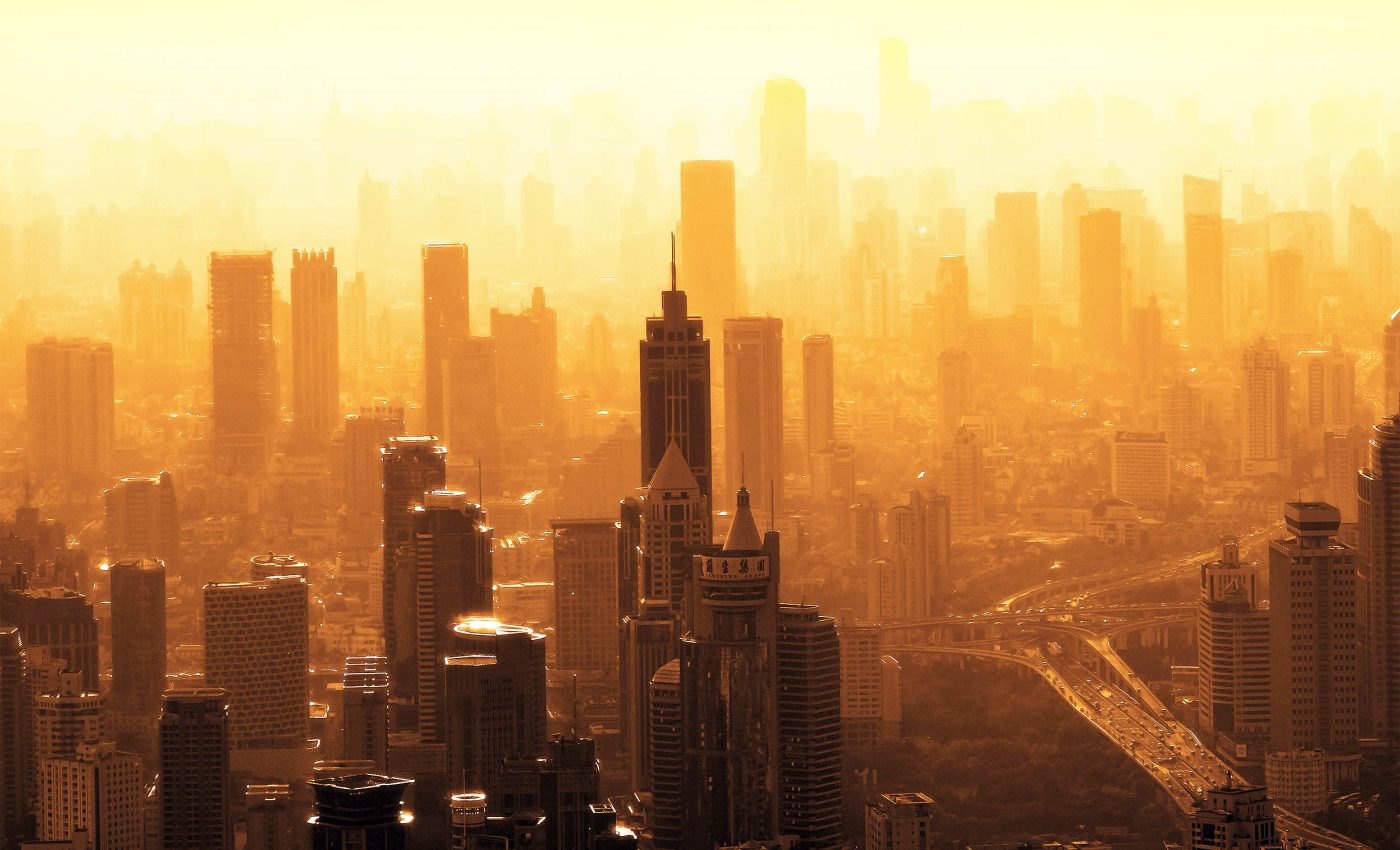
Reducing smog by taming ozone levels in a changing climate is proving quite difficult
Ozone pollution may become harder to manage as climate change accelerates. A new study suggests that global warming could reduce the effectiveness of current strategies to control ground-level ozone – a harmful pollutant and major contributor to urban smog.
This shift could make it more difficult to improve air quality and protect public health in future.
The scientists behind this research are from the Massachusetts Institute of Technology (MIT). They used a combination of climate and atmospheric chemistry models to explore how rising temperatures could alter the behavior of pollutants.
Their findings show that in regions like eastern North America and Western Europe, greater reductions in emissions may be required to achieve the same air quality results.
In contrast, parts of northeast Asia may see stronger impacts from emission cuts in the future.
Ozone levels and smog – the basics
Smog is that hazy, brownish gunk you sometimes see hanging over cities, especially on hot, sunny days. It’s a nasty mix of air pollutants, and one of the main ingredients is ozone – but not the kind high up in the atmosphere that protects us from the sun.
This ground-level ozone forms when sunlight hits pollutants from cars, factories, and other sources, triggering a chemical reaction.
The result is a layer of pollution that makes the air hard to breathe, especially for people with asthma or other lung problems.
Even though ozone up in the sky is helpful, the ozone down near the ground is a troublemaker.
It doesn’t come out of tailpipes or smokestacks directly – instead, it forms when nitrogen oxides and volatile organic compounds (things that come from gasoline, paint, and even some cleaning products) mix in the heat and sunlight.
So when people say we need to cut smog, they’re really talking about cutting down the stuff that creates ozone down here.
Clean air laws and better car engines help, but smog still shows up, especially in big cities with lots of traffic and sun.
Ground-level ozone tough to control
Unlike the ozone layer high in the atmosphere, ground-level ozone isn’t helpful – it’s harmful. It’s a lung irritant and contributes to heart disease and asthma. It’s also linked to thousands of early deaths every year.
But controlling it isn’t straightforward. That’s because ozone is a secondary pollutant. It doesn’t come directly from cars or factories.
Instead, it forms in the atmosphere when sunlight reacts with other pollutants, mainly nitrogen oxides and volatile organic compounds.
“That is why you tend to have higher ozone days when it is warm and sunny,” explained Emmie Le Roy, a graduate student in the MIT Department of Earth, Atmospheric and Planetary Sciences (EAPS), and lead author of a research paper on this study.
Typically, regulators try to lower ground-level ozone by cutting nitrogen oxide emissions. But this pollutant reacts in complicated ways. In some environments, reducing nitrogen oxide can even cause ozone levels to go up.
“Past research has focused on the role of emissions in forming ozone, but the influence of meteorology is a really important part of Emmie’s work,” said senior author Noelle Selin, a professor in the Institute for Data, Systems, and Society (IDSS) and EAPS.
Why ozone levels matter
To understand what might happen decades from now, the team ran two different future climate scenarios – one with more warming, one with less – and compared those to past conditions from 2000 to 2015.
For each scenario, they simulated 80 years of data, broken into five, 16-year periods.
The team focused on three regions: Eastern North America, Western Europe, and Northeast China. These areas were chosen because they have high emissions and good monitoring data.
Their model showed that as the Earth warms, nitrogen oxide emissions from soil – which increase with temperature – could reduce the effectiveness of human-led emission cuts in places like North America and Europe.
“This shows how important it is to improve our representation of the biosphere in these models to better understand how climate change may impact air quality,” stated Le Roy.
Northeast Asia’s ozone tradeoff
The story is different in northeast Asia. There, industrial sources release more ozone per unit of nitrogen oxide. So, reducing those emissions in the future could have a bigger payoff.
“But I wouldn’t say that is a good thing because it means that, overall, there are higher levels of ozone,” Le Roy added.
Looking beyond averages
Many past studies used average weather data to make their predictions. This study took a different approach. It modeled year-to-year weather changes – including extremes – to better understand what might happen.
“Average climate isn’t the only thing that matters. One high ozone day, which might be a statistical anomaly, could mean we don’t meet our air quality target and have negative human health impacts that we should care about,” explained Le Roy.
The results suggest that future clean air plans should consider how changing weather patterns interact with pollution. We may need to cut emissions more sharply just to stay even.
“Future air quality planning should consider how climate change affects the chemistry of air pollution. We may need steeper cuts in nitrogen oxide emissions to achieve the same air quality goals,” said Le Roy.
Expanding the models
The researchers hope to expand their approach to include other factors that change from year to year, such as wildfires and biomass burning.
“We’ve shown that it is important for air quality scientists to consider the full range of climate variability, even if it is hard to do in your models, because it really does affect the answer that you get,” Selin concluded.
The full study was published in the journal Environmental Science & Technology.
—–
Like what you read? Subscribe to our newsletter for engaging articles, exclusive content, and the latest updates.
Check us out on EarthSnap, a free app brought to you by Eric Ralls and Earth.com.
—–













